No products in the cart.
Hair Care Guide
DIY Peroxide and Baking Soda Hair Lightening
Bored with your hair? Don’t worry, Jen Hair will reveal the secret to stunning – doing peroxide & baking soda hair lightening at home. Get salon-worthy results without salon prices!
Peroxide and baking soda: a dynamic duo in the world of hair transformation. Wondering how these household ingredients can work wonders? They’re not just for baking or cleaning—when combined, they become a potent natural solution for altering hair color and achieving that desired sun-kissed look without the chemicals.
But is it too good to be true? Jen Hair, your trusty hair guru, is here to debunk the myths and guide you through the peroxide and baking soda hair transformation process, step-by-step, ensuring safe and stunning results from the comfort of your own home.
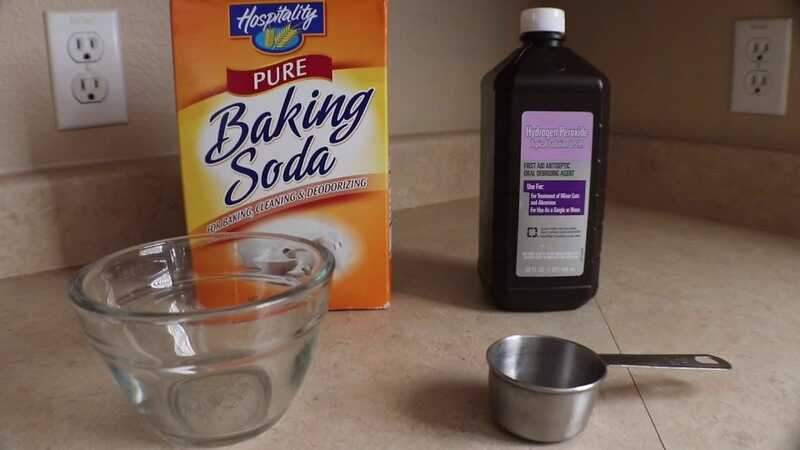
What Can You Do with Peroxide and Baking Soda to Transform Your Hair?
While conventional chemical dyes and bleaches offer rapid transformations, these readily available ingredients present a natural and potentially gentler approach to hair lightening. But before diving headfirst into DIY concoctions, let’s explore the facts and potential of this intriguing combination.
Peroxide & Baking Soda Dye: Subtle Sun-Kissed Shifts
Think of it as a gentle way to slightly lift your natural hair color by one to two shades using peroxide and baking soda as a “dye.” It’s different from regular dyes—no strong chemicals or permanent changes. Instead, the mild peroxide (usually 3%) and baking soda team up to softly work on your hair’s pigment, giving you soft, sun-kissed highlights. It’s all about adding warmth and dimension to your current shade for that effortless, beachy vibe.
Peroxide & Baking Soda Lightener: Chasing the Golden Glow
Looking for a bit more radiance? If you boost the peroxide concentration (up to 10%) in your mix, it unlocks its ability to lighten hair. This gentle agent gradually lifts pigment by several shades, allowing you to aim for that beautiful golden blonde or bronde balayage effect. Unlike harsh bleaches, this method takes its time, ensuring a slower and controlled lightening process that’s kinder to your hair, minimizing damage. Just remember, patience is essential on this journey to achieve natural lightening.

Peroxide & Baking Soda Bleaching: A Cautious Approach
It’s not a quick leap to platinum, but this DIY option takes a gentler route to achieving blonde tones. Using peroxide and baking soda together, you can slowly lighten your hair over time, reducing the harshness linked with regular bleach. However, this process demands extreme care and attention to detail. Testing strands is a must, and grasping hair chemistry is crucial to avoid unwanted brassiness or permanent harm. If you’re new to lightening hair, getting advice from a professional is a smart move.
Hydrogen Peroxide and Baking Soda Hair Lightening Recipes
Here, we’ve got some great recipes featuring hydrogen peroxide and baking soda for gentle transformations. Whether you’re aiming for subtle highlights or a natural lightening effect, these easy step-by-step instructions will guide you through achieving your dream hair change from the comfort of your home.
Using Baking Soda And Water
What’s required?
- 1/2 cup baking soda
- Warm water
- Bowl and spoon
- Gloves (optional)
- Non-metallic applicator brush (optional)
- Shampoo and conditioner
- Deep conditioner
Step-by-step:
- In a bowl, combine baking soda with warm water, stirring continuously until you get a medium-thick paste. Consistency is key! Too watery dilutes the effect, while too thick leads to uneven application.
- Divide dry hair into manageable sections for easy application.
- Using your fingers or the applicator brush, generously apply the paste to desired sections, focusing on mid-lengths and ends. Avoid your scalp. Massage gently to ensure the mixture covers evenly.
- Allow the paste to work its wonders for 15-20 minutes. Check for any irritation; if present, rinse immediately and discontinue use.
- Rinse thoroughly with lukewarm water, followed by a gentle shampoo to remove all traces of baking soda. Deep condition to replenish moisture and shine.
- Repeat the process weekly until you reach your desired shade. Remember, natural methods require patience and gradual progression.
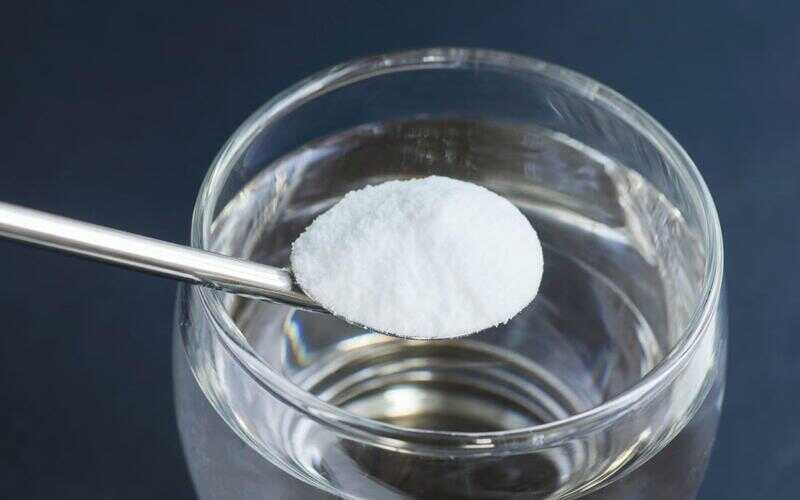
Hydrogen Peroxide And Baking Soda Hair Lightening
What’s required?
- 1 cup baking soda
- 2 tablespoons 3% hydrogen peroxide (not exceeding 10%)
- Disposable gloves
- Bowl and spoon
- Non-metallic applicator brush (optional)
- Shampoo and conditioner
- Deep conditioner
Step-by-step:
- In a non-metallic bowl, combine baking soda and hydrogen peroxide, stirring until a smooth paste forms. Too thick? Add a touch of water (dilutes lightening power). Too thin? Add more baking soda.
- Divide dry hair into manageable sections. Using gloves, apply the paste generously to desired sections, focusing on mid-lengths and ends. Avoid your scalp and roots.
- Let the mixture work its magic for 15-20 minutes (maximum 30 minutes for darker hair). Regularly check for any signs of irritation. If you feel any discomfort, rinse the mixture out immediately.
- Thoroughly rinse with lukewarm water, followed by gentle shampoo to remove all traces of the mixture. Deep condition to rehydrate and replenish moisture.
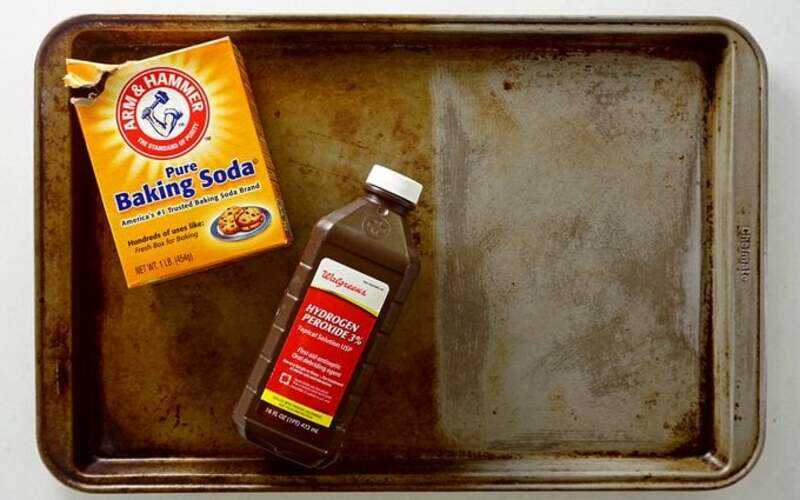
DIY Lemon Juice And Baking Soda
What’s required?
- 1/4 cup baking soda
- 1/4 cup lemon juice (ensure it’s pulp and seed-free if using fresh-squeezed juice!)
Step-by-step:
- Blend the baking soda and lemon juice in a bowl until you achieve a smooth paste. Adjust the consistency by adding more lemon juice or a touch of water if necessary.
- Ensuring even distribution, massage the paste through your hair, strand by strand, ensuring full coverage.
- Allow the mixture to sit for 15 minutes before thoroughly rinsing it out.
- Cleanse your hair with shampoo to remove any residue, and follow up with conditioner to replenish moisture.
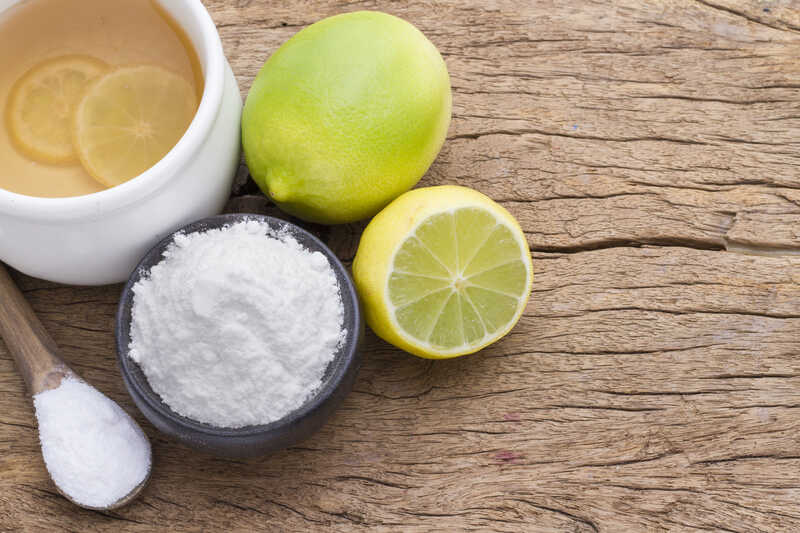
Pros and Cons of Hydrogen Peroxide and Baking Soda Hair Lightening
Pros:
- Natural alternative: This method avoids harsh chemicals found in traditional hair bleach, potentially minimizing damage and scalp irritation.
- Subtle lightening: It offers gradual lightening, perfect for achieving sun-kissed highlights or removing fading semi-permanent dyes.
- Cleansing and clarifying: Baking soda has natural cleansing properties, helping to remove buildup and excess oil while lightening hair.
- Affordable and accessible: Both ingredients are readily available and inexpensive, making this a budget-friendly option.
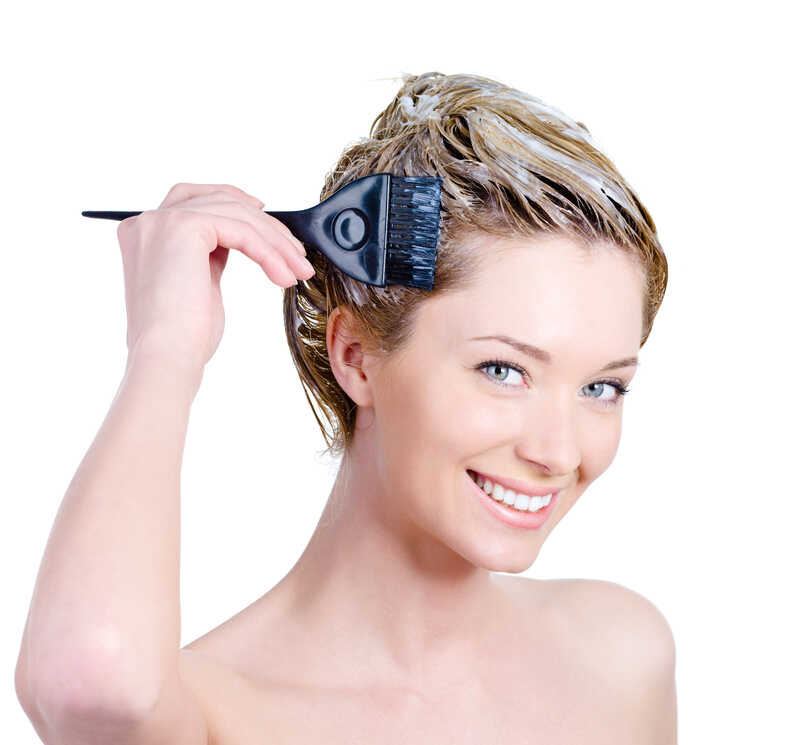
Cons:
- Risk of damage: While gentler than bleach, the combination of hydrogen peroxide and baking soda can still damage hair, especially with prolonged exposure or repeated use. Dryness, breakage, and split ends are potential consequences.
- Unpredictable results: The lightening effect can be uneven, depending on hair type, porosity, and previous treatments.
- Not suitable for all hair types: This method is not recommended for damaged, dry, or heavily treated hair. It’s also not effective on naturally very dark hair.
Before & After: Hair Transformation with Hydrogen Peroxide and Baking Soda
This before-and-after showcase is like a visual storybook, revealing the magical journey of hair’s makeover. From the initial tones to the dazzling, radiant results, it’s a friendly reminder of the amazing power these natural ingredients hold in lightening hair. Get ready to be amazed by the transformative magic of this delightful hair care duo!

FAQs
Is It Safe to do Hydrogen Peroxide and Baking Soda Hair Lightening at Home?
Yes, when used cautiously and following proper guidelines, hydrogen peroxide and baking soda hair lightening can be done at home. However, it’s essential to perform a patch test, avoid overexposure, and strictly adhere to recommended measurements and processing times. Regular conditioning and limiting the frequency of lightening treatments help maintain hair health.
How Long Does It Take for Hydrogen Peroxide and Baking Soda Hair Lightening?
Initial results might appear within 15-30 minutes per application, but achieving the desired shade could take multiple sessions. The duration for hydrogen peroxide and baking soda hair lightening varies based on individual hair type, natural color, and desired outcome. Generally, it might take several applications spread over weeks to notice significant lightening effects.
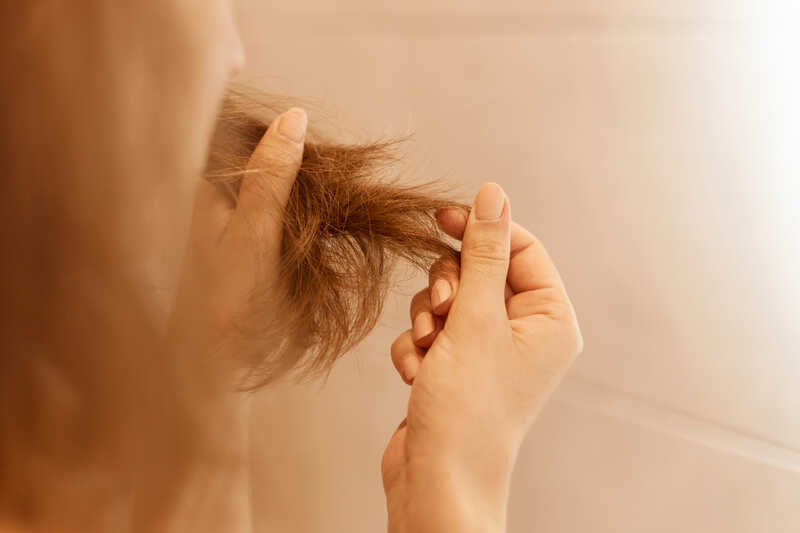
How to Protect Your Hair from Damage While Lightening
You should consider these helpful tips:
- Before applying the mixture to all your hair, perform a strand test to check the results.
- Follow the recommended mixing ratios and processing times diligently for best results.
- Make sure to regularly apply deep conditioning treatments to restore moisture and nourishment to your hair.
- Limit the frequency of lightening treatments to prevent excessive damage.
- Avoid heat styling and harsh chemicals post-lightening to maintain hair health.
- Prioritizing caution, proper measurements, and adequate aftercare can significantly minimize the potential damage associated with lightening your hair using these methods.
Final Thoughts:
Hydrogen peroxide and baking soda offer a natural and potentially gentler alternative to conventional hair lightening methods. While patience and caution are key, peroxide and baking soda hair lightening can help you achieve subtle sun-kissed highlights or gradual lightening at home.
Remember, follow safety guidelines, nourish with regular conditioning, and avoid over-treating your locks. And hey, if you’re ever unsure or have concerns about your hair’s well-being, swing by Jen Hair! Our hairstyling pros are here to lend a hand and keep your mane looking its absolute best.
Recommendations:

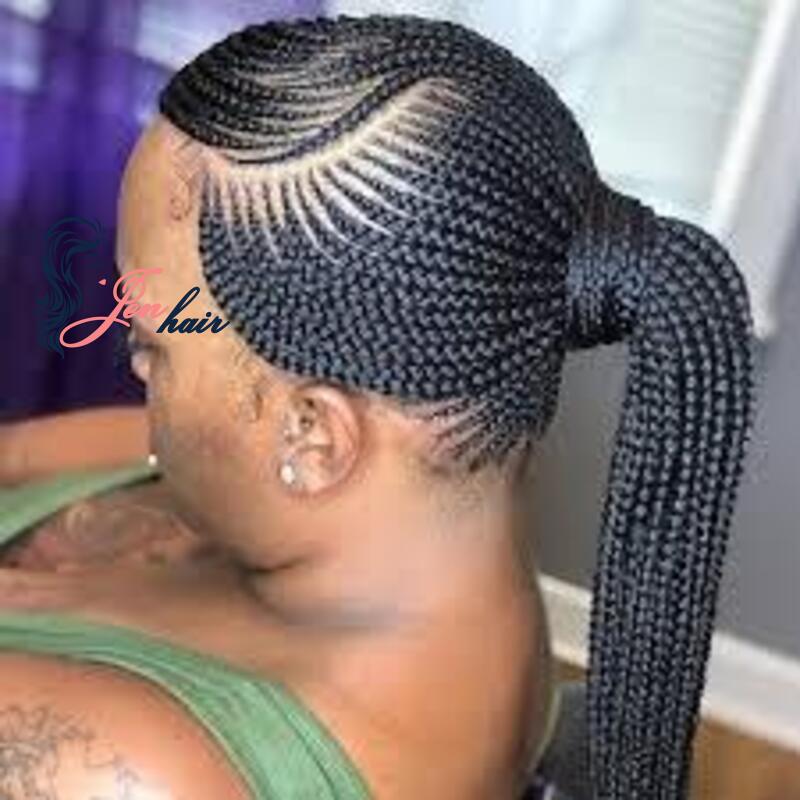 Side Cornrow Braided Ponytail: The Chic Style Upgrade
Side Cornrow Braided Ponytail: The Chic Style Upgrade Spikes Hair Ideas: From Basic to Iconic in Just Minutes
Spikes Hair Ideas: From Basic to Iconic in Just Minutes Crimped Hair Comeback: How to Rock the Trend Without Looking Dated
Crimped Hair Comeback: How to Rock the Trend Without Looking Dated
